- Ask a related questionWhat is a related question?A related question is a question created from another question. When the related question is created, it will be automatically linked to the original question.
This thread has been locked.
If you have a related question, please click the "Ask a related question" button in the top right corner. The newly created question will be automatically linked to this question.
Tool/software:
Hi expert,
Customer reports they experienced warm reset issue after they issued software warm reset SOC_generateSwWarmReset(); System did not come back and WARMRSTn pin will keep low. This WARMRSTn already has 10Kohm pull up resistor. So customer is wondering what will cause AM263x keep WARMRSTn low while no other drive it low?
Customer also want to check SAFETY_ERRORn pin behavior when ESM is not enabled.
on TMDSCNCD263 control board, SAFETY_ERRORn pin doesn't have pull up resistor.
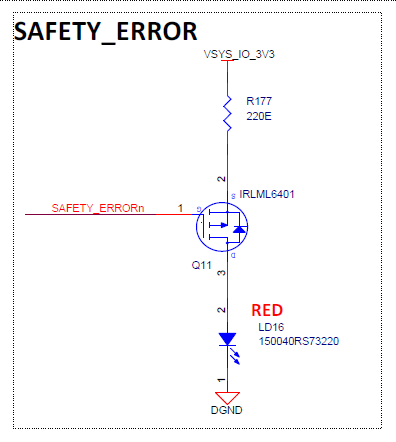
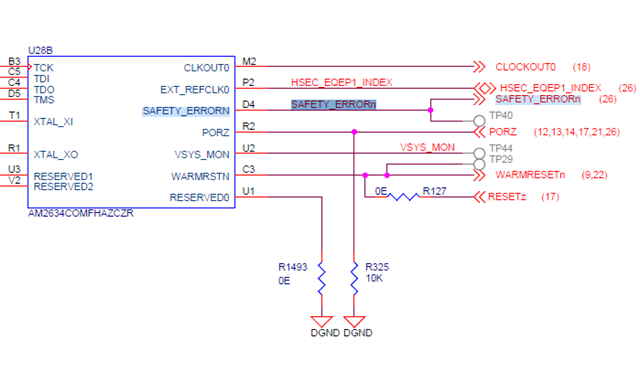
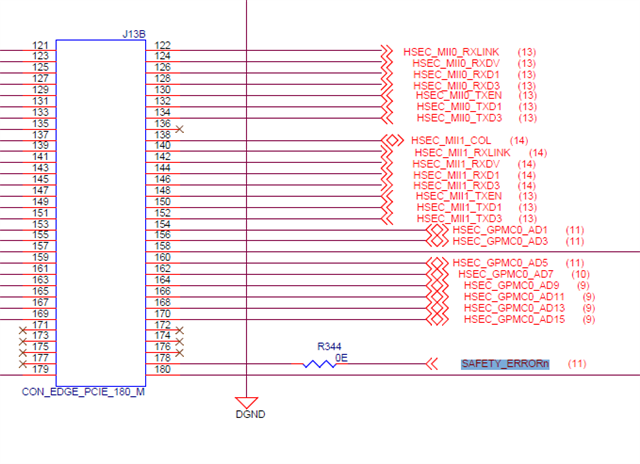
However, the datasheet describes SAFETY_ERRORn is OD pin and default pull down.

without external pull up resistor, this pin should not become high.
But customer observed this pin become high/low toggled during issue happen. Can you please check why this pin become high with pull up resistor and ESM is disabled?
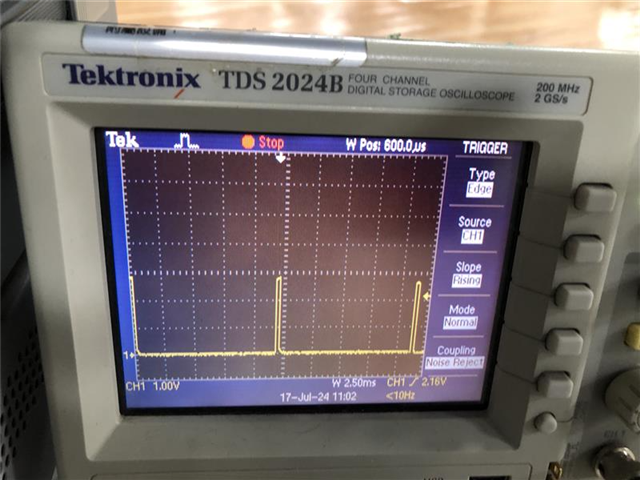
I did some test on CC-AM263x. Even there is no pull high resistor on SAFETY_ERRORn pin, it will keep high after POR in normal condition.
I would like to confirm
1. Is this pin a OD pin as datasheet described?
2. In TRM, SAFETY_ERRORn pin can be input pin. This is conflict with datasheet description. Can you please confirm which one is correct?
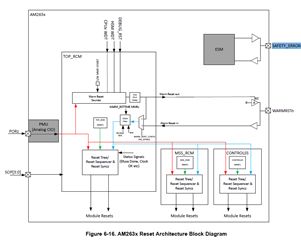
2. What is default behavior if we don't enable ESM? Will it set low when AM263x has issue during reset?
Regards
Andre
Warm Reset Issue is clarified. 3.3V overshoot after software warm reset command issued.
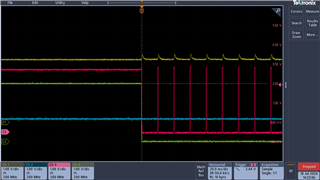
Please clarify if SAFETY_ERRORn pin is OD pin or not. Once it is clarified, we can close this thread.
Regards
Andre
Please clarify if SAFETY_ERRORn pin is OD pin or not. Once it is clarified, we can close this thread
Hi Andre,
SAFETY_ERRORn pin is not Open Drain, the type is IO, which is shown as OD by mistake. We will correct it in the datasheet.
Regards,
Sahana